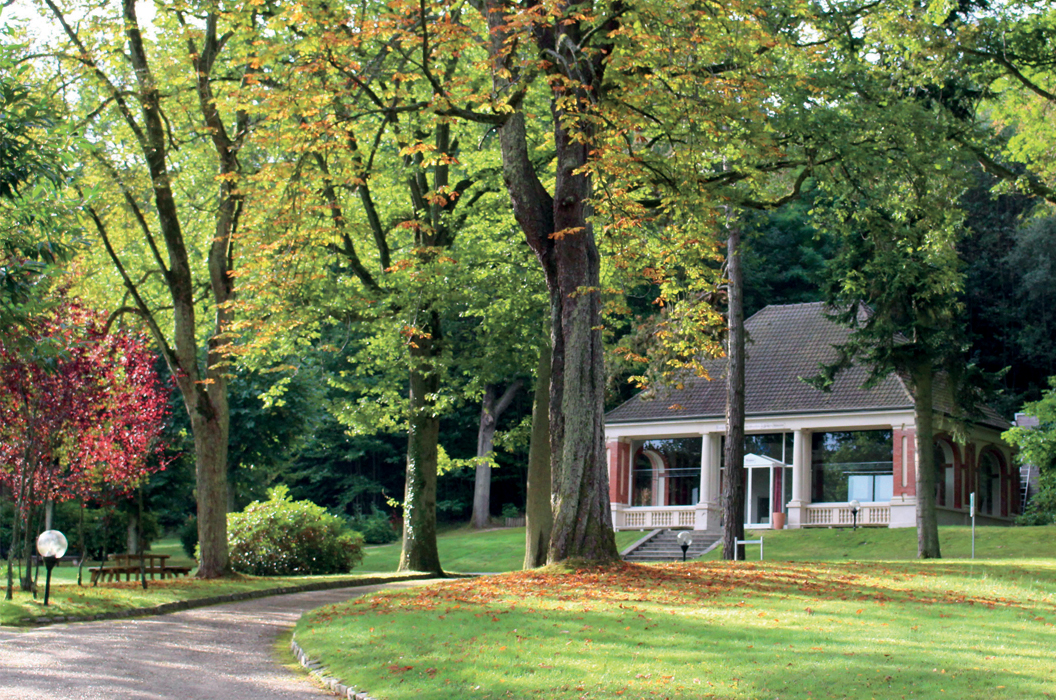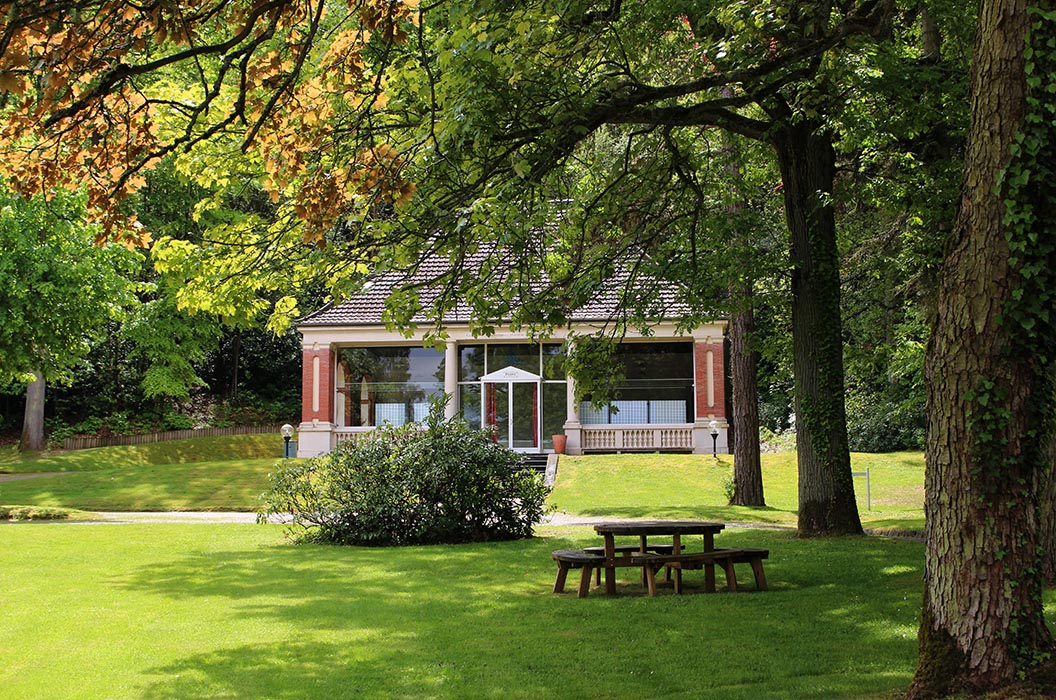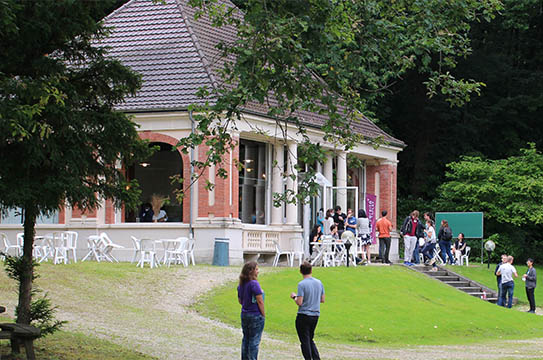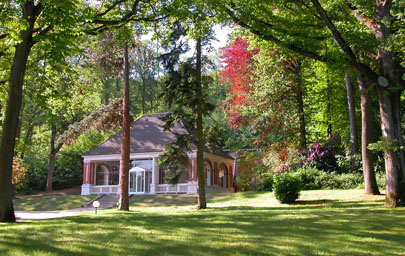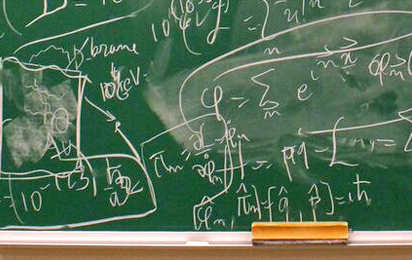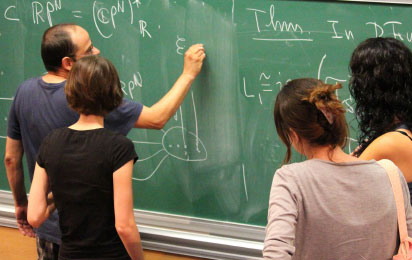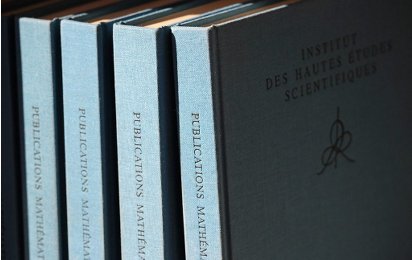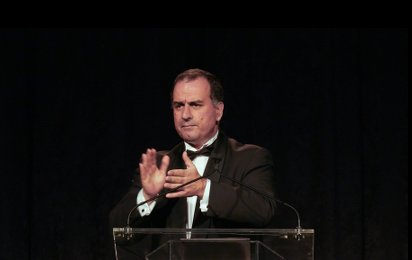The Foundation
IHES was created in 1958 at a key stage in the history of science and the world. Léon Motchane, a Russian businessman, loved mathematics to the extent that he submitted his doctoral thesis in 1954. Determined to offer exceptional scientists a place conducive to the unfettered development of their research, he took inspiration from the model of the Institute for Advanced Study (IAS) in Princeton and created IHES, dedicated to theoretical sciences: mathematics, physics and their interactions.
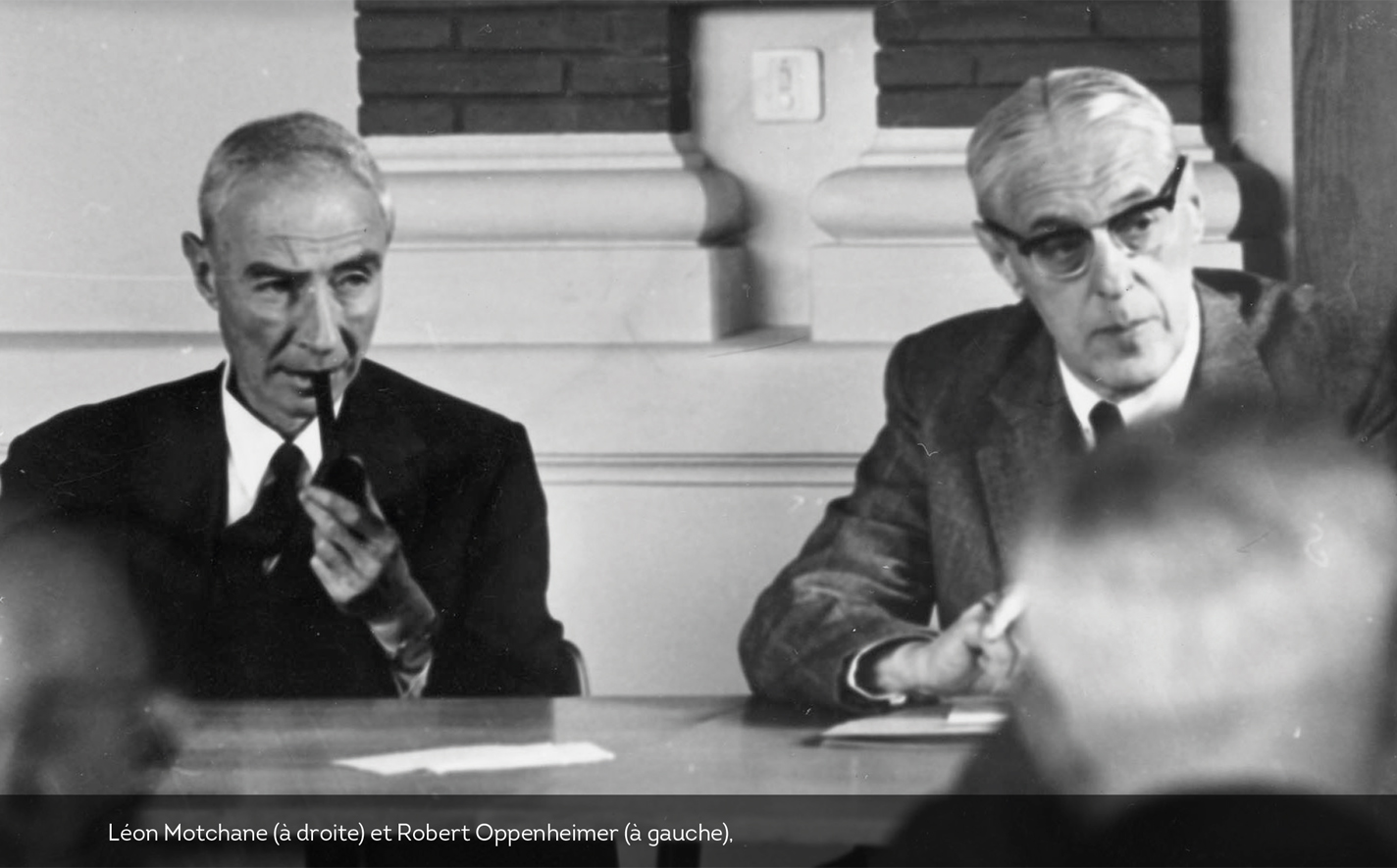
From the Institute’s inception, Motchane enlisted the emblematic support of Robert Oppenheimer – then Director of IAS – who joined the Scientific Committee and remained a member all his life. The first contributors, won over by this scientific project, came from both the public and the private sectors, in France and abroad. The wide range of the Institute’s partners reflects lasting universal appeal.
Excellence is the privilege of no single nation and for the past half century, IHES has been a link in the global chain of knowledge development. The Institute was created for researchers – both permanent and invited – who transcend the borders of mathematics and theoretical physics. More than 200 scientists come to IHES from all over the world every year for research visits.
IHES directors
1958 – 1971 : Léon Motchane, a Russian born business man who loved mathematics, was the Institute’s founder and first director.
1971 – 1985 : Nicolaas H. Kuiper, Dutch mathematician
Nicolaas Kuiper showed a marked interest in his research for topology and geometry in many forms, from immersion theory to dynamic systems, from flexahedron theory to taut immersions.
1985-1994 : Marcel Berger, French mathematician
A wide spectrum Riemannian geometer, Marcel Berger is particularly noted for the 1/4 pinching theorem, which became a cornerstone for global geometry. He was the President of the Société Mathématique de France from 1979 to 1981.
1994-2013 : Jean-Pierre Bourguignon, French mathematician
Jean-Pierre Bourguignon has a strong preference for differential geometry, especially its links to partial differential equations and mathematical physics. He has focused his work on the Ricci curvature, both for its mathematical aspects and the role it plays in general relativity.
Since 2013 : Emmanuel Ullmo, French mathematician
His area of mathematical research is algebraic geometry and arithmetic. He is an alumnus of École Normale Supérieure de Cachan (class of 1985) and holds a PhD in Mathematical Sciences from Université Paris-Sud (1992).
IHES chairmen
- Joseph Pérès, Institut de France (1958-1962)
- André Grandpierre, Pont à Mousson (1962-1972)
- Jacques Ballet, Esso Standard France (1972-1973)
- Raymond Barre, Conseil général Banque de France (1973-1977)
- Pierre Aigrain, Thomson (1977-1978)
- Renaud de la Genière, Banque de France (1978-1985)
- Marcel Boiteux, Électricité de France (1985-1994)
- Philippe Lagayette, JP Morgan (1995-2014)
- Marwan Lahoud, Airbus Group (since 2014)
Science history
The permanent professors at IHES, all first rate scientists, are the Institute’s DNA. Many international prizes have rewarded their remarkable contributions to scientific knowledge.
1958Léon Motchane creates IHES.
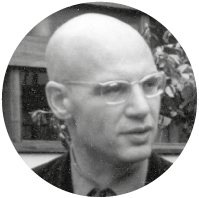
1958
The founder recruits Jean Dieudonné, who works until 1964 in many fields, including group theory and functional analysis.
Alexander Grothendieck also joins the Institute. Awarded the Fields medal in 1966, he remains at IHES until 1970. He completely reshapes the foundation of algebraic geometry and its methods.
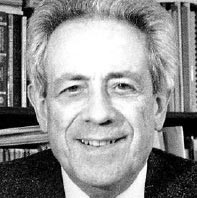
1962
Louis Michel joins IHES, where he spends 30 years. He is the first theoretical physics permanent professor and promotes the use of group theory in physics and in the study of symmetry.
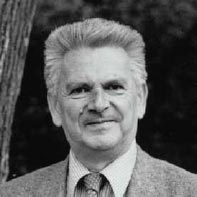
1963
René Thom (1958 Fields medallist) is recruited by Léon Motchane and stays at IHES until the end of his career. He makes significant contributions to differential geometry and topology, then focuses his research on the role of singularities in morphogenesis and later on theoretical biology, linguistics and philosophy.

1964
David Ruelle* becomes a permanent professor of theoretical physics. He makes many lasting and important contributions to quantum field theory, statistical mechanics and the theory of the dynamical systems.
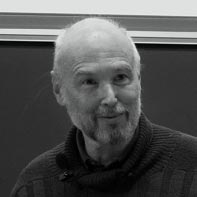
1970
Pierre Deligne becomes a permanent professor and continues the work started by Alexander Grothendieck, of transforming arithmetic geometry. He is awarded the Fields medal in 1978 and leaves IHES in 1984.
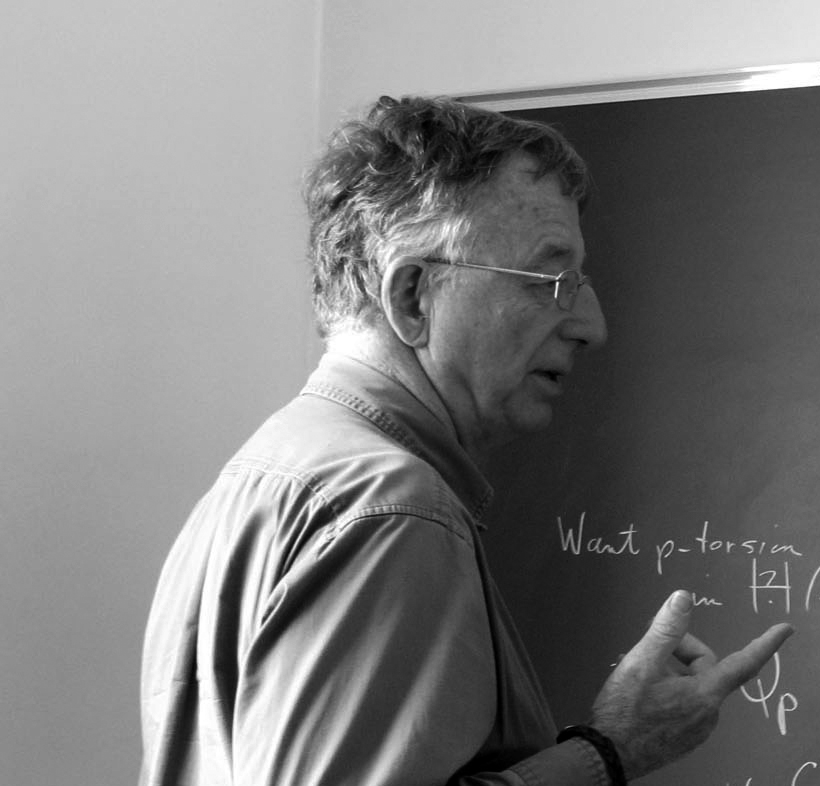
1974
Dennis Sullivan arrives at the Institute and remains until 1997. He creates algebraic models for topological spaces and contributes to the study of dynamical systems and of a topological approach to hydrodynamics. He is awarded the Abel prize in 2022.
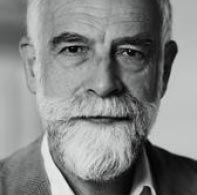
1978
Jürg Fröhlich becomes a permanent professor for four years. His research is mostly on quantum field theory.
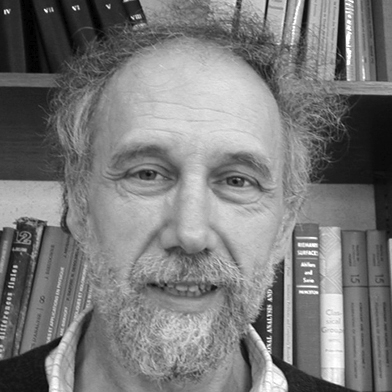
1979
Alain Connes*, Léon Motchane chair holder, after pioneering contributions on operator algebras, founds a «noncommutative geometry». He is awarded the Fields medal in 1982 and the CNRS Gold medal in 2004.
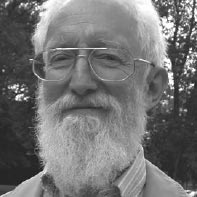
1982
Oscar Lanford III joins IHES and stays seven years to work on the theory of dynamical systems, applying to these systems concepts arising from renormalisation group theory. He also turns his attention to computer-assisted demonstrations and is responsible for IHES acquiring computer equipment for the first time.
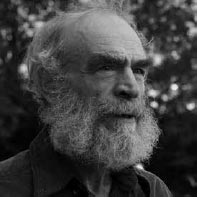
1982
Mikhail Gromov* is recruited by IHES. In post at the Institute for over 30 years, he completely reshapes geometry. He is awarded the Kyoto Prize in 2002 and the Abel Prize in 2009, to name just two.
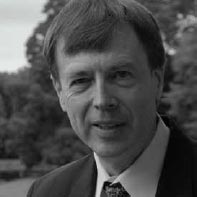
1985
Jean Bourgain joins the Institute and works on Banach spaces, harmonic analysis and ergodic theory. He is awarded the Fields medal in 1994 before joining IAS the same year.
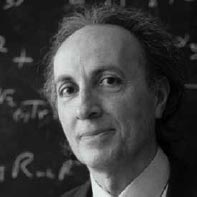
1989
Thibault Damour* becomes a permanent professor. His research is on relativistic gravitation, cosmology and new concepts of gravitation. An Einstein specialist, he has received many awards, including the Einstein medal in 1996 and the Amaldi Prize in 2010. In 2017 he was awarded the CNRS Gold Medal, the most prestigious scientific award in France, for his work on gravitational waves.
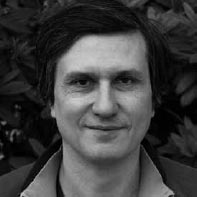
1995
Maxim Kontsevich* arrives at the Institute. He belongs to a new generation of mathematicians who have been able to incorporate aspects of quantum theory into their work, opening up radically new perspectives. He is awarded the Fields medal in 1998 and many subsequent prizes: the Crafoord Prize (2008), the Shaw Prize (2012) and two Breakthrough Prizes in fundamental physics (2012) and in mathematics (2014).
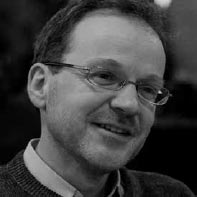
2000
Laurent Lafforgue joins the Institute; two years later, he is awarded the Fields medal. His work represents a major advance in the Langlands program. He leaves IHES in 2021.
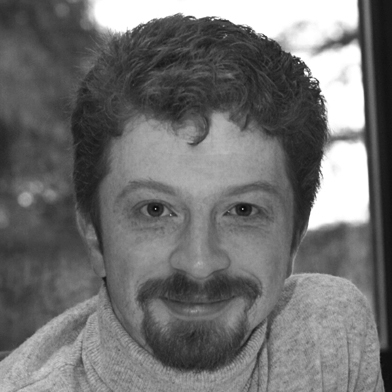
2000
Nikita Nekrasov becomes permanent professor of physics and remains until 2012. He works on supersymmetric gauge theory, string theory and integrable systems. In 2002, he demonstrates the remarkable unity of these subjects by introducing the Nekrasov partition function.
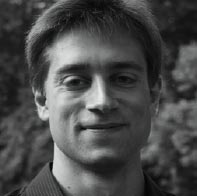
2014
Vasily Pestun*, a young physicist, is recruited as a permanent professor. He works on quantum field theory and string theory. He is awarded the Hermann Weyl prize in 2016.

2016
Hugo Duminil-Copin* is a probabilist. His research also has an impact on mathematical physics, complex analysis and combinatorics. He is awarded the Fields medal in 2022.
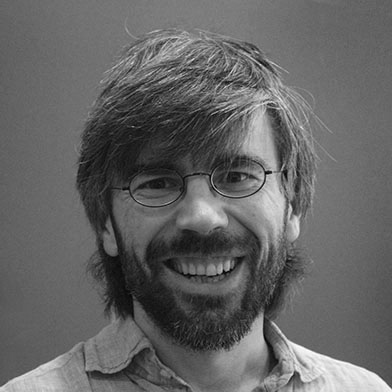
2017
Slava Rychkov* is a theoretical physicist working on quantum and conformal field theories for strongly coupled systems, that can be applied to high-energy physics, statistical physics and condensed matter.
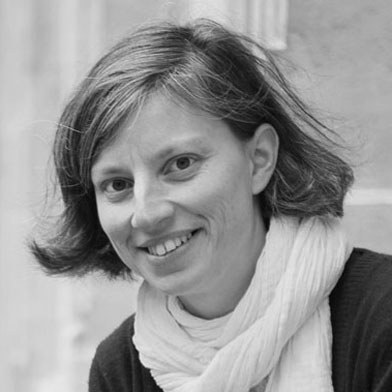
2021
Laure Saint-Raymond*’s work focuses on the asymptotic analysis of systems of partial differential equations. She also works on fluid mechanics models describing ocean currents.
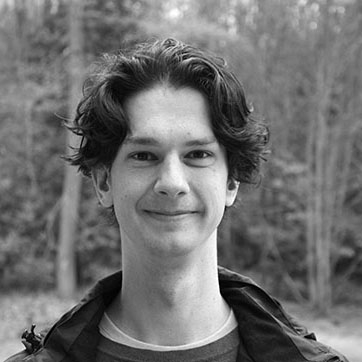
2023
Dustin Clausen* specializes in algebraic K-theory, finding connections between number theory and homotopy theory.
* Currently a professor at IHES


